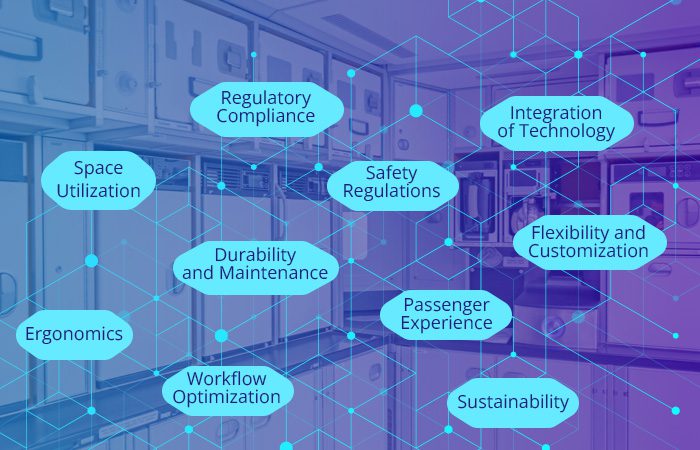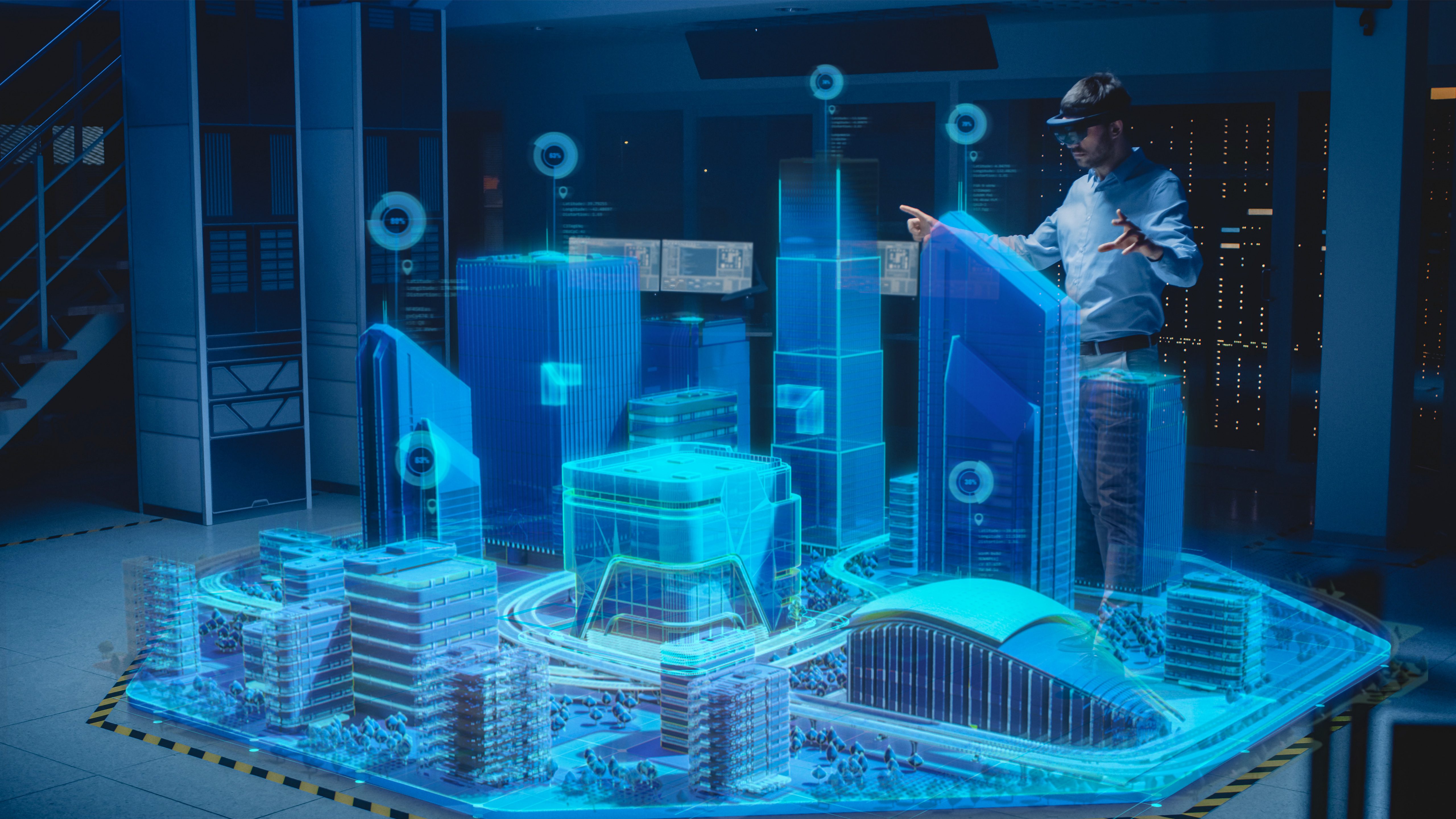
Things to Keep in Mind for Advanced Aircraft Galley Designs
When it comes to the design of aircraft galleys, in addition to being functional, galleys need to meet many other requirements. They should be durable, user-friendly, and ideally as light as possible in weight to reduce fuel consumption. Such advanced designs are crucial to ensure efficient operation and passenger satisfaction. Here are some important considerations to ensure efficient aircraft galley designs:
- Space Utilization
Optimizing space is essential in an aircraft galley. Design the galley layout to maximize workflow efficiency and storage capacity. Utilize every available inch strategically and ensure that there is enough space for crew members to maneuver comfortably.
- Ergonomics
Design the galley with ergonomics in mind. Consider the height, width, and depth of work surfaces, storage compartments, and equipment to minimize crew fatigue and enhance productivity. Additionally, ensure that equipment and storage areas are easily accessible and intuitive to use.
- Workflow Optimization
Plan the galley layout to support a logical workflow. Take into account the sequence of tasks performed by the crew, such as meal preparation, storage, and service. Minimize the distance crew members need to travel between different workstations and equip the galley with tools and equipment to facilitate smooth operations.
- Durability and Maintenance
Aircraft galleys undergo frequent use and must withstand heavy wear and tear. Choose durable materials that are easy to clean and maintain. Consider the weight of materials to ensure it aligns with fuel efficiency goals.
- Safety Regulations
Adhere to safety regulations set by aviation authorities. Incorporate fire suppression systems, emergency equipment, and ensure proper ventilation and smoke detection. Use fire-resistant materials and follow guidelines for galley design to ensure passenger and crew safety.
- Passenger Experience
The galley should not only provide functionality but also contribute to a positive passenger experience. Consider noise reduction measures, adequate lighting, and pleasant aesthetics in the design. Opt for innovative features like mood lighting or entertainment systems in the galley area to enhance the overall passenger experience.
- Sustainability
As aircraft manufacturers focus on reducing environmental impact, galley design can contribute to sustainability efforts. Incorporate energy-saving appliances, efficient waste management systems, and environmentally friendly materials to minimize carbon footprint.
- Flexibility and Customization
Design the galley to accommodate different aircraft configurations and adapt to varying fleet requirements. Consider modularity and flexibility to allow for easy changes or customization of the galley setup as per specific airline needs.
- Integration of Technology
With advancing technology, incorporate the latest innovations into the galley design. This can include touchscreen displays for crew management, smart storage solutions with RFID tracking, or IoT-enabled equipment for inventory management.
- Regulatory Compliance
Ensure that the galley design complies with regulatory standards and certifications imposed by aviation authorities. Stay updated with any changes or updates related to galley safety and functionality requirements.
By keeping these considerations in mind, your advanced aircraft galley design will successfully meet operational needs, enhance crew efficiency, and provide a seamless and enjoyable experience for passengers.


